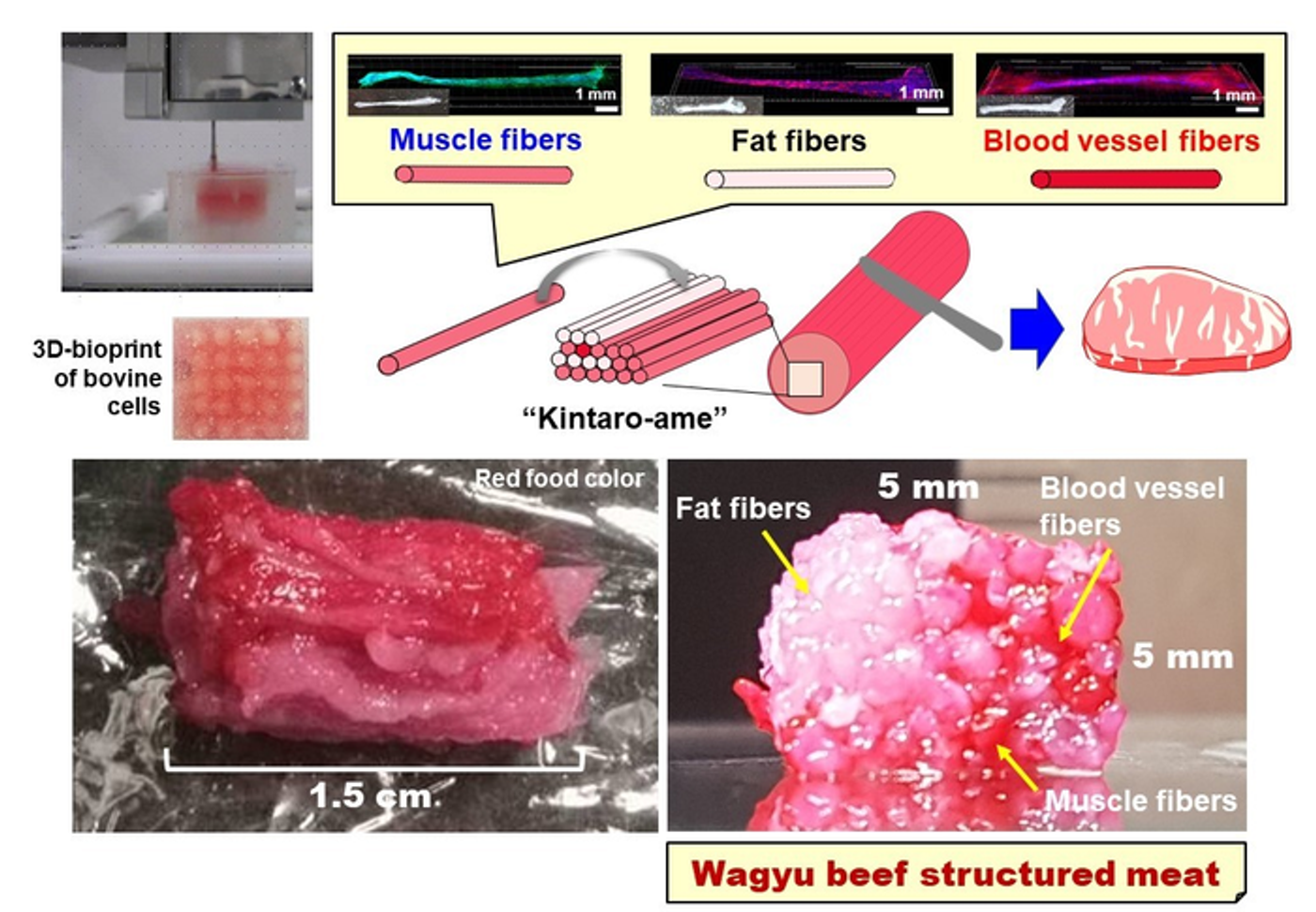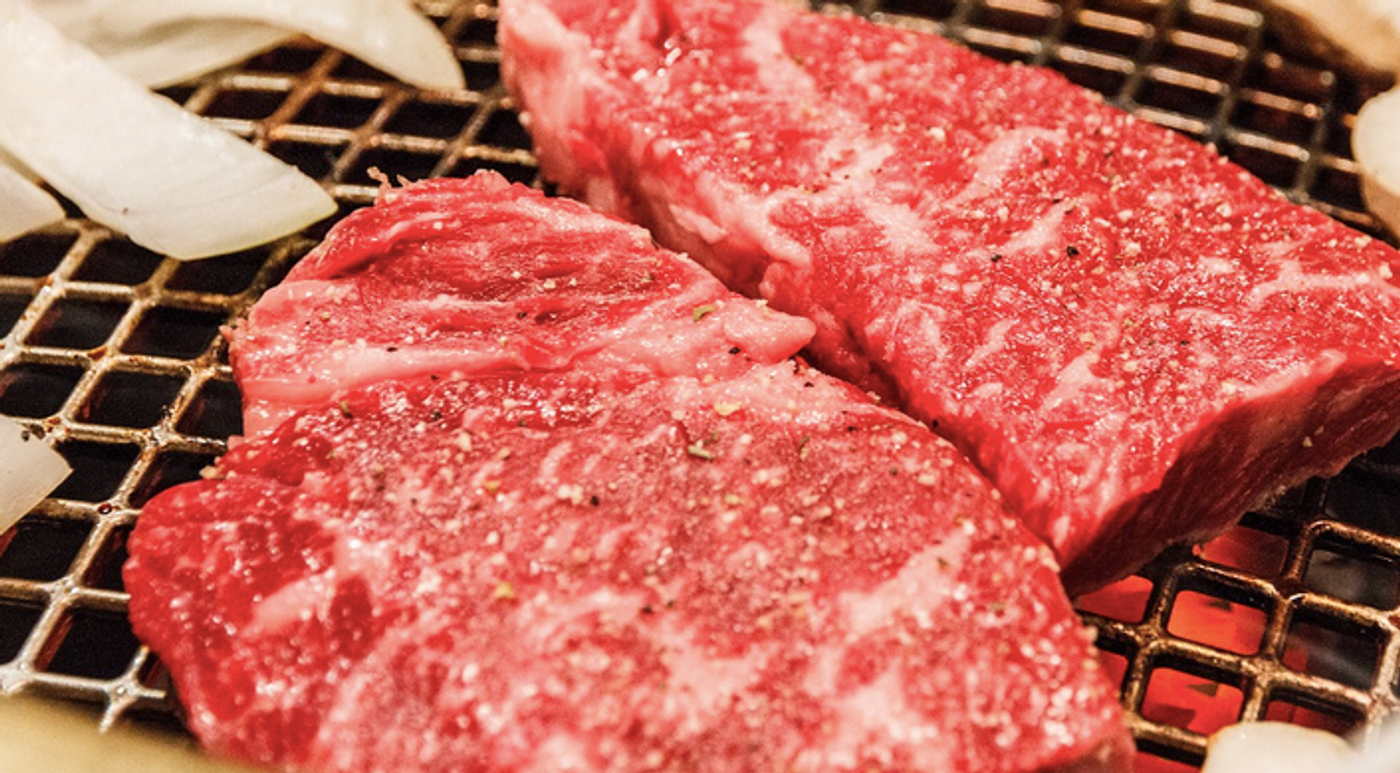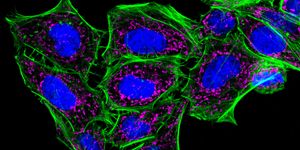Researchers 3D Print Japanese-Style Beef Steaks
Agriculture, especially the production of meat, can put tremendous pressure on the environment and is thought to be a major contributor to climate change. Red meat may also have detrimental health effects. These are just a couple of reasons why some people have reduced their meat intake. To help meet the demand for meat alternatives, there has been a proliferation of imitation and synthetic meat products in recent years. Many of the popular products that are on the market right now are made up of vegetarian versions of meat ingredients, like heme protein. Until now, alternative meat products that have been created from cells, usually grown in labs, were mostly made up of muscles fibers that don't faithfully mimic the texture or structure of beef because they don't coalesce well.
But researchers at Osaka University have now found a way to use stem cells from Wagyu cows to 3D print marbled steaks. Wagyu means 'Japanese cow' and these animals are valued for their marbled meat. The beef steaks made from these animals are considered to have a unique flavor and texture in part because of the high intramuscular fat content, which apparently gives the meat a buttery taste. The 3D printed steaks contain muscle, fat, and blood vessels, giving it a conventional look. The work has been reported in Nature Communications.
“Using the histological structure of Wagyu beef as a blueprint, we have developed a 3D-printing method that can produce tailor-made complex structures, like muscle fibers, fat, and blood vessels,” explained lead study author Dong-Hee Kang.
The work began with two different kinds of stem cells: adipose-derived stem cells and bovine satellite cells. These cells can specialize into any type of they the researchers would need to generate synthetic meat. Using that specialization and bioprinting, the cells were used to produce fibers of muscle or fat, or blood vessels. Next, the scientists used the histological structure of the natural beef as a model to reproduce it synthetically from the fibers. Finally, the resulting 'Wagyu beef' was sliced.
By refining this process, the complex structure of the meat can not only be reproduced but it can be customized, noted senior author Michiya Matsusaki. The cultured meat could also be made with specific amounts of fat based on the needs of customers.
Sources: Osaka University, Nature Communications










